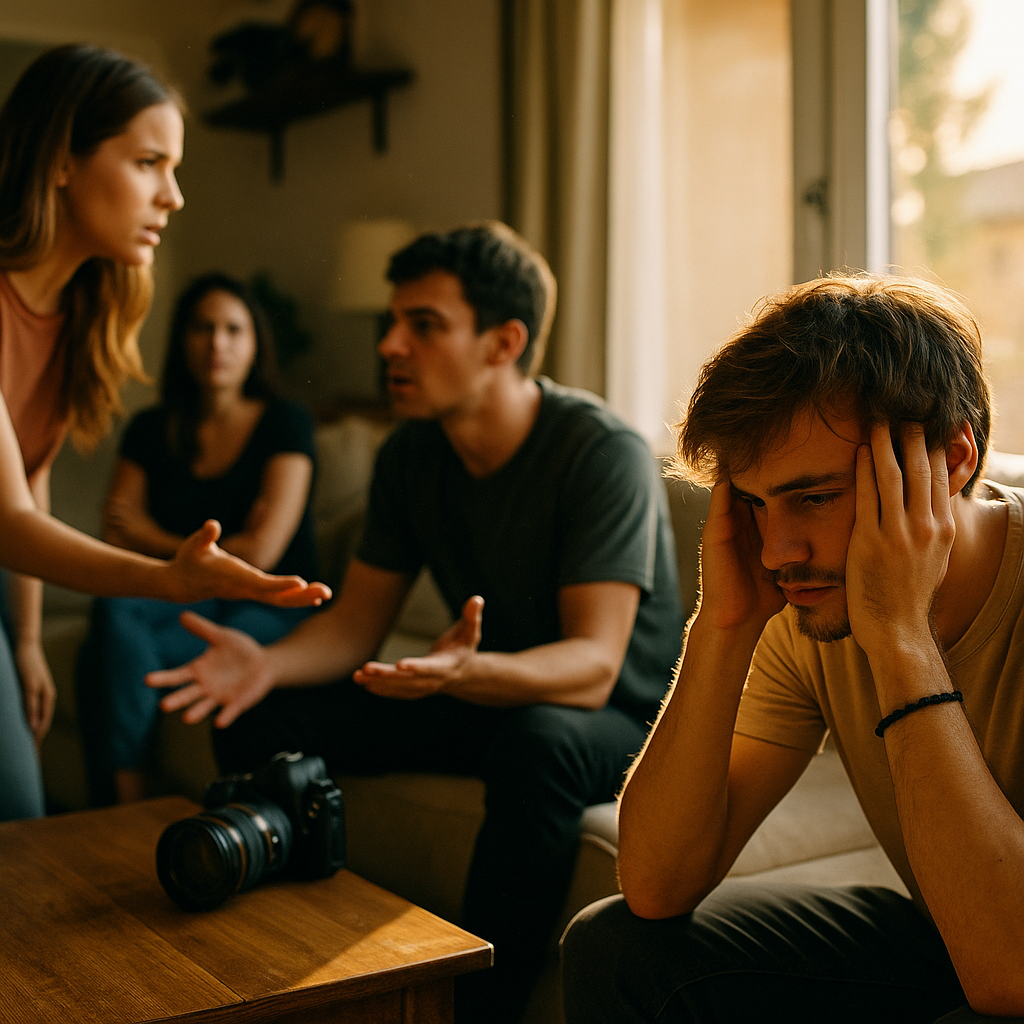When a creator house disbands due to internal conflict, it sends ripples through the digital creator community and raises big questions. Understanding why such collaborative efforts sometimes fail can help new creators avoid similar pitfalls. In this post-mortem, we dissect the real story behind a creator house that couldn’t survive its own success—unveiling lessons no content team should ignore.
Understanding Creator Houses: Collaborations and Secondary Revenue Streams
Creator houses, also known as influencer mansions, became popular as teams of digital creators moved in together to produce content collaboratively. The core secondary keyword—collaborations—underpins the model’s appeal. By pooling audiences and creative talents, these collectives often experience explosive growth in followers, engagement, and lucrative partnerships. Revenue streams usually include:
- Sponsorship deals and branded content
- Joint merchandise ventures
- Shared ad revenue from group channels
In 2025, the creator economy is thriving. According to the Influencer Marketing Hub, 72% of creators report increased earnings from collaborative projects in the past year. Yet, combining creativity and commerce adds complexity—especially when conflicting personalities emerge.
Internal Conflict: The Realities Behind Creator House Drama
An internal conflict isn’t just a plotline for viewers; it is often the critical factor that leads a creator house to disband. At the heart of these conflicts lie personality clashes, creative disagreements, and disputes over revenue sharing. Based on multiple exit interviews from former house members, recurring triggers include:
- Creative Ownership: Disputes over original content ideas and credits
- Economic Transparency: Unclear or unfair distribution of income
- House Rules: Differing attitudes towards work ethic, collaboration, or personal boundaries
- Leadership Issues: Power struggles among high-profile members
Most telling is how rapidly misunderstandings spiral into public drama. According to a Creator Dynamics Research Group survey in 2025, 61% of collaborative groups cited “mismatch in vision” as their leading internal conflict. Honest, documented communication channels are a must for preventing blowouts.
Case Study: Lessons from a Disbanded Creator Collective
Let’s consider the trajectory of a top creator house that ultimately fractured due to conflict. In its first six months, the group shot viral challenge videos, amassing millions of subscribers. However, trouble brewed when:
- Two members clashed over sponsorship contracts.
- One individual’s content style clashed with the group’s image.
- Confidential information leaked to fans sparked rumors and resentment.
Internal documents revealed a lack of structured agreements, with all business conducted informally over messaging apps. This lax approach led to confusion about content rights and financial obligations. Despite mediation attempts, the situation escalated publicly, erasing much of the goodwill built with fans and sponsors. Ultimately, the group dissolved, leaving members to rebuild solo brands.
Impact on Personal Brands: Navigating the Aftermath
When a high-profile collaboration collapses, the reputational damage extends to each creator’s personal brand. Immediately after the split, analytics firm SocialTrac recorded a 28% drop in engagement for former members. Comment sections soon filled with speculation and negative sentiment.
However, some creators bounce back faster than others. Those with established solo audiences and transparent communication found opportunities to tell their side of the story, minimizing long-term backlash. By addressing the situation directly and highlighting hard-earned lessons, these individuals built stronger trust with their communities. Social media expert Lena Vargas observes, “Audiences respect creators who own their narrative and show resilience after a setback.”
Critical Takeaways: Preventing Internal Conflict in Future Creator Collaborations
What can current and aspiring creators learn from this disbanded house? Whether you’re thinking of joining or forming a collaborative group in 2025, implementing the following best practices is essential:
- Create Written Agreements: From revenue splits to creative credits, formalize all key agreements from the outset
- Set House Rules: Establish boundaries and communication protocols for all members
- Appoint a Neutral Mediator: Engage an external manager or advisor to facilitate and resolve disputes professionally
- Prioritize Transparency: Keep all business dealings, sponsorships, and earnings transparent among all members
Additionally, regular check-ins and feedback sessions help maintain alignment, forestalling issues before they can cause irreparable harm. The most resilient creator houses in 2025 consistently cite structured governance as key to their ongoing success.
FAQs: Creator Houses, Conflict, and Collaboration
-
What is a creator house?
A creator house is a shared living space where digital influencers collaborate on content creation, pooling audiences to expand reach and income. -
Why do most creator houses eventually disband?
Common reasons include unresolved internal conflict, unclear business arrangements, creative differences, and personal disputes among members. -
Can internal conflict in creator houses be prevented?
Conflict can be minimized with upfront agreements, transparent communication, set house rules, and outside mediation to manage disputes fairly. -
What happens to creators after a house disbands?
Former members often lose engagement initially but can recover by strengthening their individual brands and addressing audiences honestly about the split. -
Is collaboration still worth pursuing in 2025?
Yes—effective collaboration is still one of the fastest ways to grow as a digital creator, provided that structure and communication are prioritized from the start.
A failed creator house serves as a cautionary tale: collaboration multiplies both opportunity and risk. To thrive in 2025’s creator economy, teams must prioritize structure, transparency, and open communication—ensuring creative synergy doesn’t get lost in the chaos of internal conflict.
